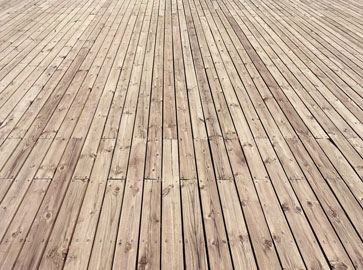First things first, let’s talk about the dangers. Working with floor coverings can expose you to a number of hazards, including sharp tools, hazardous chemicals, and slippery surfaces. One of the biggest dangers, however, is the risk of respiratory problems from inhaling dust and fumes from adhesives and other materials. These can cause irritation, coughing, and even more serious conditions like asthma and lung damage.
But it’s not just the immediate dangers that you need to worry about. Prolonged exposure to certain chemicals and materials can also have long-term health effects, including cancer and other chronic illnesses. That’s why it’s crucial to take the proper precautions when working with floor coverings.
So, what can you do to stay safe? Here are a few recommendations:
- Wear protective gear: This includes things like gloves, goggles, and respirators. Make sure you’re using gear that is appropriate for the specific materials and chemicals you’ll be working with. Don’t take shortcuts when it comes to your safety!
- Ventilate the area: Proper ventilation is key to minimising the risk of respiratory problems from inhaling dust and fumes. If you’re working in a confined space, use fans or other tools to circulate the air and keep it fresh.
- Use the right tools: This may seem like a no-brainer, but using the wrong tool for the job can not only be dangerous, it can also damage the materials you’re working with. Make sure you have the right tools for the job and that you know how to use them safely.
- Follow safety protocols: This includes things like reading product labels and safety data sheets, as well as following established safety procedures for handling and disposing of hazardous materials.
- Get proper training: If you’re not familiar with working with floor coverings, it’s important to get the proper training before diving in. This can include things like safety training, as well as specific training on the materials and tools you’ll be using.
Remember, safety should always be your top priority when working with floor coverings. Don’t take shortcuts, and don’t put yourself or others at risk. If you’re unsure about anything, don’t hesitate to ask for help or advice from someone with more experience.
Now, I know this may not have been the most exciting topic, but it’s important information that could make a huge difference in your life. So, stay safe out there, my friends, and keep crushing it!
Cheers,

![]()






